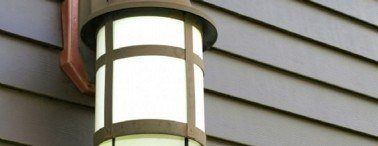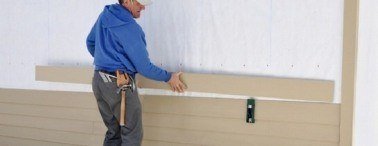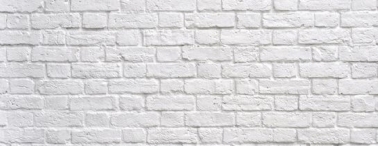
Unlike our neighbours to the south, the weather in Canada produces its own challenges for building materials. This is especially true for home siding. But siding is available in a wide variety of materials today. Each option presents its own strengths and weaknesses. So, which option is best for those notoriously harsh Canadian winters?
Find your dream contractor based on verified client reviews. Start today!
An Intro to Siding
In the past, there were no speciality products for home exteriors. Wood, stone, and bricks provided protection and insulation against the weather. Material choice depended on location. For example, homes on the prairies were made from earth and sod!

Products have developed and proliferated the modern market. As a result, we have hybrid options made from new materials that may be better than traditional options. Homeowners can reap the benefits of various building materials that were not traditionally used in their cities or towns. They can also build with best possible building products for their homes, rather than use whatever is locally available.
What contemporary options are the best for Canadian homeowners? Certain materials are more suitable for specific climates and environments. However, most Canadian homeowners should focus on purchasing a siding product that stands up to a harsh winter. Find out more about the best options below!
Start your siding project by consulting a local professional for free! Post your home exterior project now! It’s 100% free!
Vinyl
Depending who is doing the survey, and the location where the statistics are taken, vinyl siding is the most popular choice for exterior product. This has everything to do with its low cost and low maintenance. You can try to estimate your own vinyl siding project and see for yourself! Once you put it up you can basically forget about it for a few years. This is one reason why it’s an attractive option for folks who do not like to paint their home exterior every few years. It even stands up well next to other popular options, such as brick for a fraction of the price. In addition, vinyl is relatively easy to install and is available in a variety of colours. It can easily be power-washed if it does get dirty or discoloured from mold or debris.
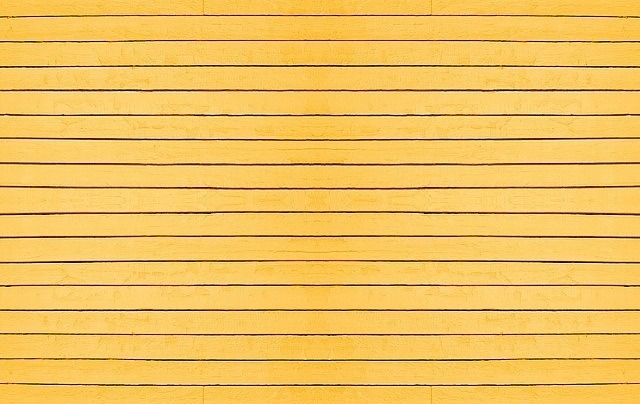
However, if the vinyl siding is not put on properly it can contort and buckle. That is why the manufacturers design slots for the fasteners so that the product can move and expand and contract with weather conditions. The special fasteners have spacers to assist in this movement and prevent buckling. Vinyl can also get brittle after all few years make it susceptible to breaks and cracks if hit and fading if the colour is dark.
Overall, vinyl is a great option for Canadian homeowners because it is quite water resistant and sturdy.
Ready to start siding? Hire a pro today!
Aluminum Siding
Aluminium has been around a lot longer in the home exterior industry compared to vinyl. One of the major drawbacks of aluminium siding is that it is prone to denting. That’s why many contractors will put it up on the second story rather than down low where it is vulnerable to getting damaged by ground-level traffic. However, this siding is not as sensitive to heat and cold as vinyl siding. This makes it a great option for energy-conscious homeowners who don’t want to crank up the heat in the winter time.
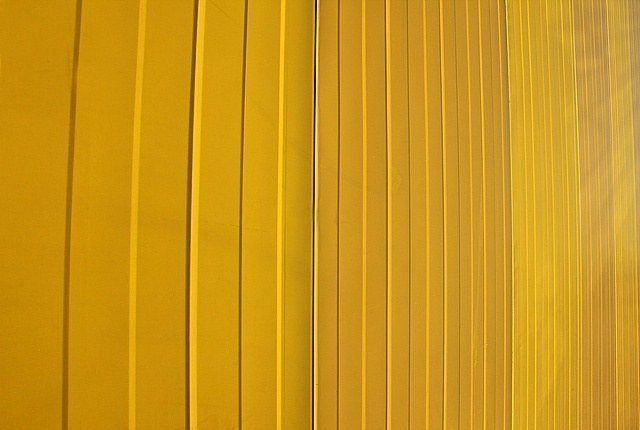
Aluminium products offer a wider colour variety in comparison to vinyl. In addition, aluminium will hold its colour and finish longer than vinyl. It can also be painted if one decides to change the style of the home.
Aluminium siding should be installed by a siding contractor, but a skilled layman can do it too. When installed correctly, aluminium stands up very well to damp weather conditions.
Brick
Older home frames were built with bricks. Today, homes are constructed using a wood frame that is covered with bricks. So, bricks are actually considered to be siding!
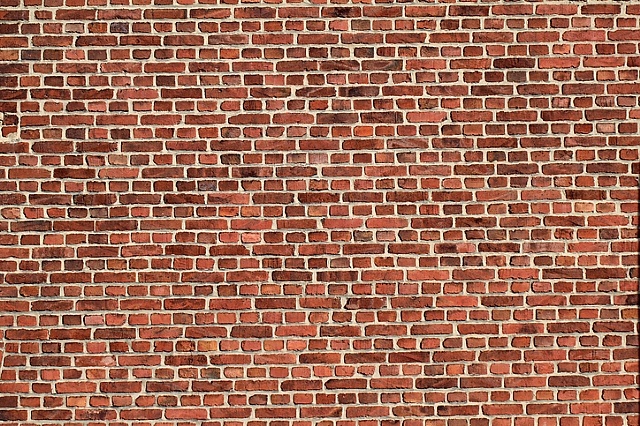
Brick is a smart choice for any homeowner who can afford it. It is extremely durable, and it withstands the elements with ease. Bricks are porous, so they are not water-resistant. However, they do not become weak when they absorb water, which is why they are a reliable option. Granted, bricks and mortar do weaken from salt, which corrodes the material. This makes bricks a less sustainable option for any homeowner who lives along a coastline.
Bricks do require re-pointing after some time. However, this shouldn’t be a reason to avoid this building material.
Wood Siding
Wood siding comes in a variety of styles: clapboard, shakes, shingles, or lap. Below is some information about the most popular options:
Shakes: Shakes are installed in rows that overlap each other just as roof shingles do. Shakes are very labour intensive to install; however, they provide an extremely weather-tight seal for the home. If they are cedar then they will last for decades.
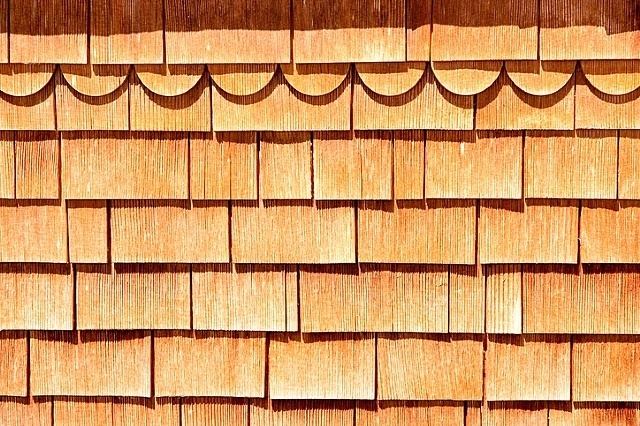
Clapboard: These pieces of siding are placed in either vertical or horizontal rows or varying lengths. Clapboard should be finished or sealed since it is untreated wood; untreated wood will weather and rot over time. However, cedar or redwood clapboard does not need to be finished. Nevertheless, properly primed and painted wood products should last for years before they need refinishing.
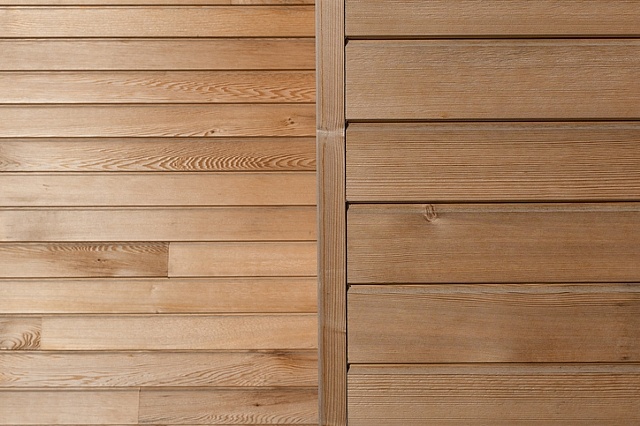
Like other siding products, wood should be installed over a house wrap for moisture protection. It’s advised to prime the back of the wood too. This prevents moisture from getting in behind the siding. Moisture can damage your home’s framing. Fixing this can be extremely expensive. If installed correctly, natural wood siding options are fantastic for Canadian homeowners.
One great advantage to wood siding is that several products can come pre-painted in a wide variety of colours. In addition, cedar siding can be left au naturale, as it requires no further preservation. It can last almost 50 years when it’s left untreated.
Fiber Cement Siding
Fiber cement siding can have the appearance of wood or brick (and other exterior masonry products). It is easy to install because it cuts, nails, and installs just like wood clapboard. It is comprised mostly of cement, which makes it fire and insect-proof. It is strong and will not twist, warp, or rot. This means that it stands up very well to weather changes.
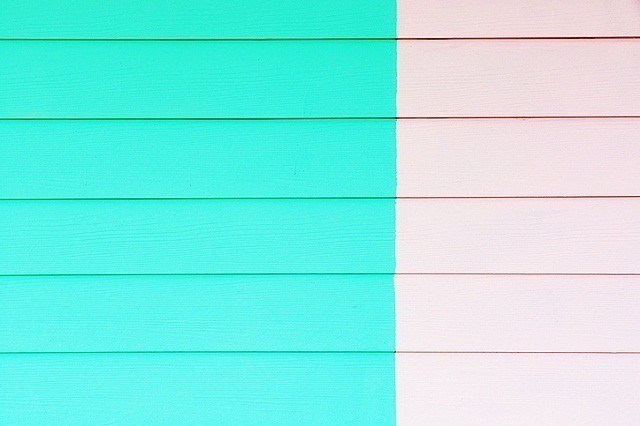
Fiber cement holds paint longer than wood siding. There are pre-painted options on the market as well. This makes for a quick and easy set-up. Fiber cement siding reflects and diffuses heat. This keeps the home cooler in the hotter months and warmer in the cooler months.
Wood Fiber Composite
Like any other wood-composite product furniture (such as MDF molding for example), Wood fiber composite siding is made from wood fibers, glue, and other fillers. The product is molded into clapboard and, like composite cement siding, is textured like real wood. It can be painted too. This option is very cheap, easy to use, and comes in a variety of colours, which makes it a great option for homeowners.
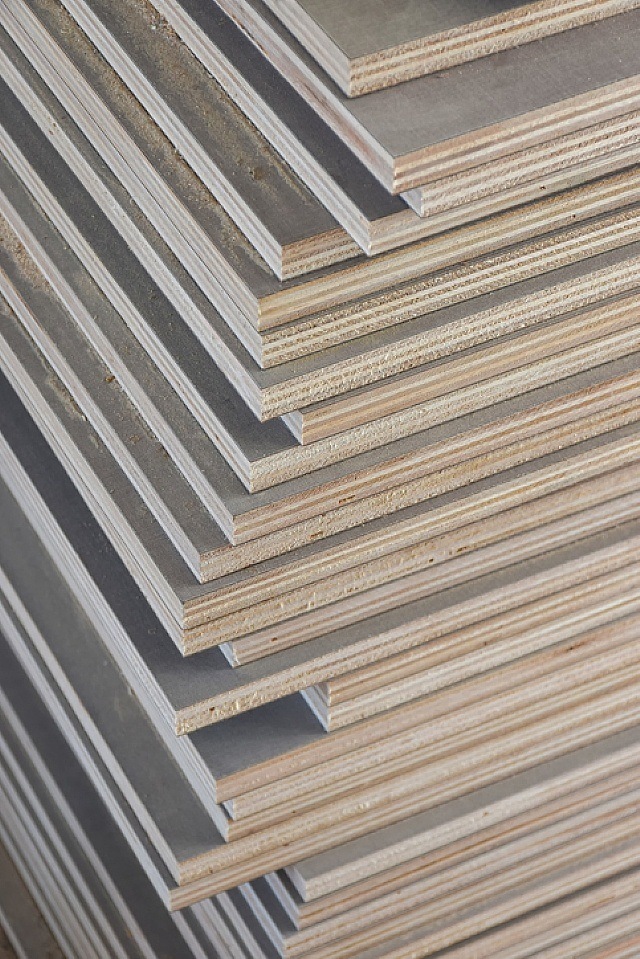
The biggest downside to wood fiber composite siding is that the ends have to be sealed or else moisture may cause swelling at the joints. Bumps and nicks in the surface of the siding can cause the same problems. Homeowners must be keen on keeping up with the maintenance of this siding option. It isn’t ideal for very wet environments. This siding shouldn’t be problematic for the winter months unless it is damaged or not well maintained.
Which Siding is Best for the Canadian Winter?
The reality is that the winter varies across Canada. When it’s time to choose the best siding that will stand up to a Canadian winter then you should think deeply about your local climate and weather patterns.
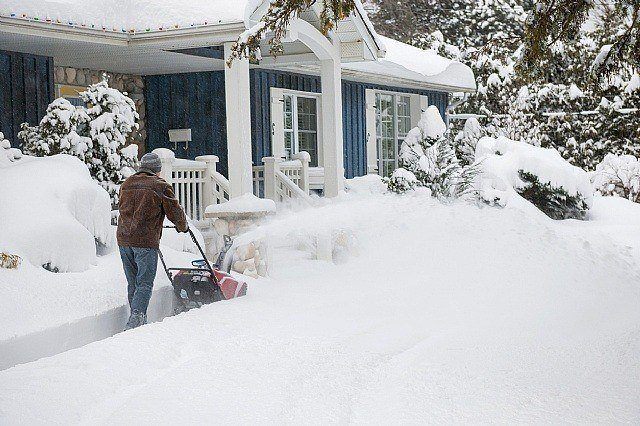
Do you get a lot of rain or damp snow? Is your local winter cold and dry? These factors will help you make the best decision.
Always make sure that you think about the climate. You should prioritize local weather over your dream home’s curb appeal. Improper materials can wear faster than expected in harsh weather conditions. This will only lead to home frame damage, which can cost thousands of dollars to repair.
The best advice for choosing a siding material is to have it installed by a professional. Proper installation will help the siding stand up to local weather conditions for a long time.
If you’re still stumped and you’re not sure which siding to choose then you can call up a local pro for home improvement advice!
Posted by: TrustedPros
